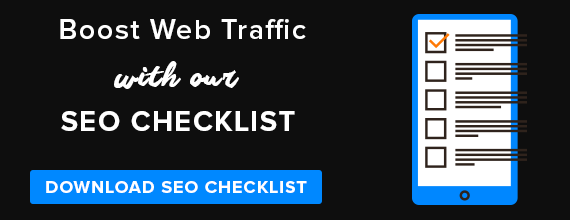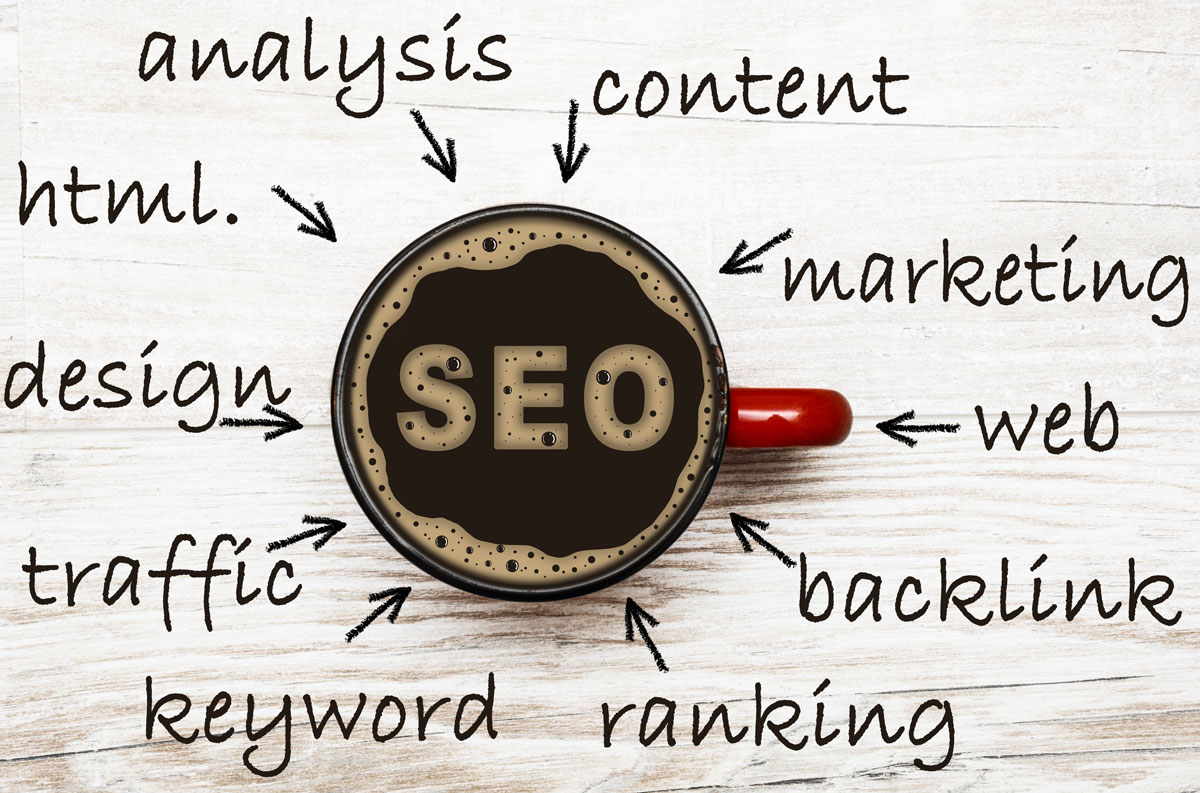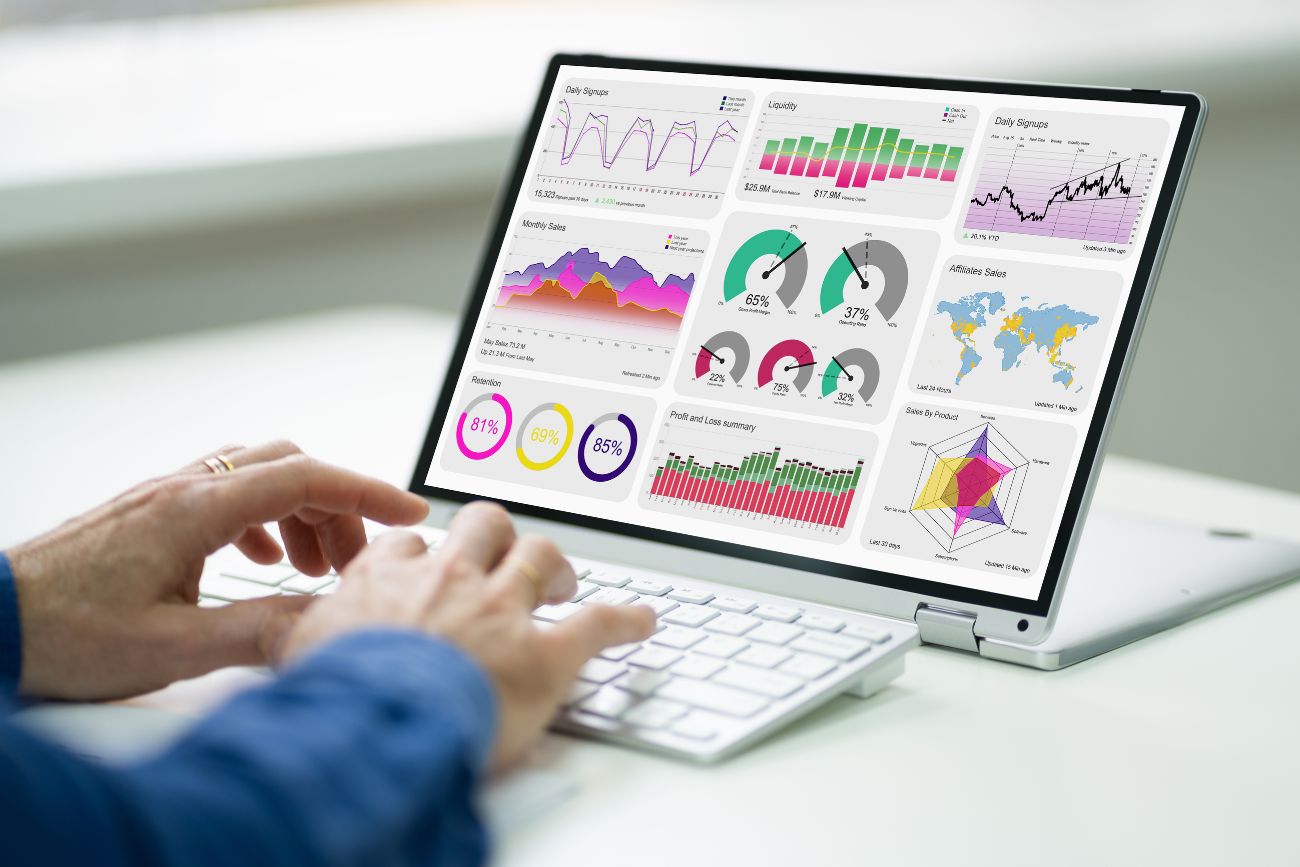The every-changing nature of Search Engine Optimisation (“SEO”) can make the task of optimising your website slightly daunting. Follow the best practices set out below and you’ll be swiftly on your way to a well optimised site.
We’ve provided some useful templates to track your activities and keep you organised (sroll to the bottom of the page to download):
- Keyword mapping template
- SEO Checklist
Step One: Keyword Research
Keyword phrases and concepts are the bedrock of your SEO. These are the search terms people type into google when looking for services or products relating to your business.
Google provides a free tool (Keyword Planner) that gives you real time data on who is searching for keywords associated with your business. You will need to set up an adwords account to access this
Keyword Concepts
Rather than optimising your page for a single keyword phrase, group related keywords into a concept or theme. For example:
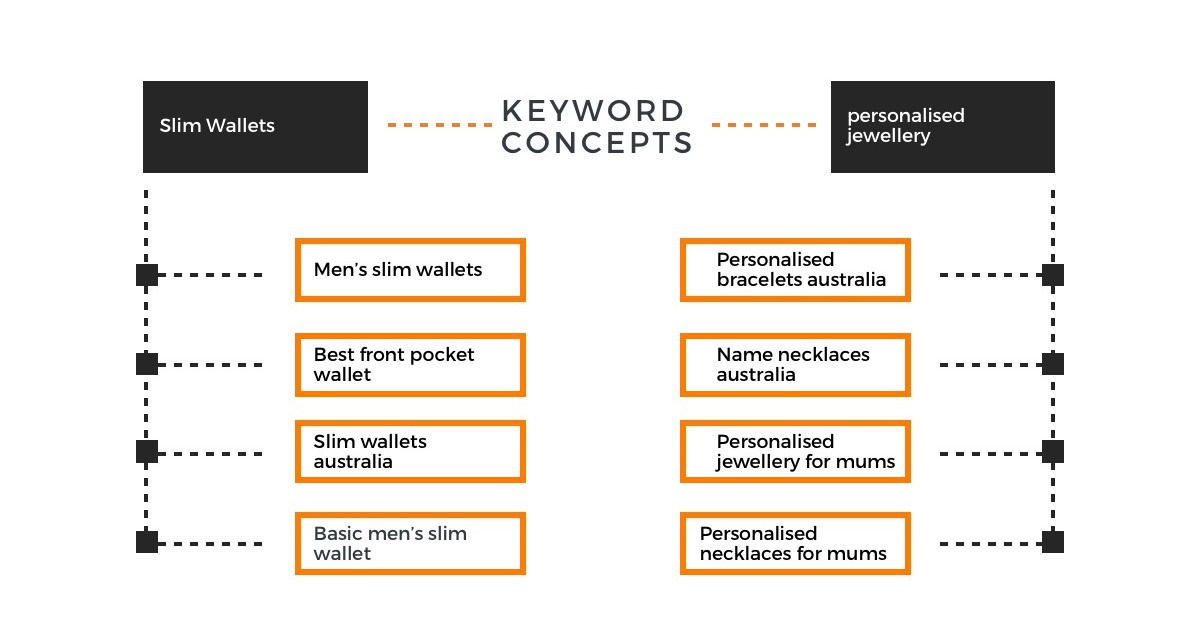
Keyword Research Tools
| FREE | PAID |
| Google Keyword Planner | Moz |
| SEMRush |
Download the free SEO Checklist and Keyword Mapping Template. Boost your traffic today.
Step Two: Website Accessibility
Bot Accessibility
It’s essential that your website is “bot” friendly. That is, the google bots can read your web pages and understand what each page is about. This allows them to match your content with a searcher’s query.
Check for:
- Duplicate content
- Broken links
- Broken pages
Testing Tools
There are free and paid websites you can use for this task:
Free
Paid
Of course it’s essential that human’s can read your website not matter what device and web browser they are viewing it from.
Human Accessibility
The website should be accessible from:
- Smartphones
- Tablets
- Laptops
- Desktops
- Screen readers
- All browsers (Chrome, Firefox, Safari & Edge)
Testing Tools
Paid and Free tools for testing include:
Device Testing
| FREE | PAID |
| Screenfly (device testing) | Browser Stack |
| Browser Shots (browser testing) |
Page load time
Web page load time is really important. Searchers will not wait round for a slow loading website. Google has a free tool that indicates load time and recommends fixes should the site be slow.
FREE TOOL
Google’s page speed test
Step 3: Design and User Experience
Google ranks websites on design and user experience. Does your website look good and is it easy to use? Is the font large enough, do the visuals look appealing, can visitors easily find the information?
Testing Tools
FREE
Get your family and friends to test out your website.
PAID
Step 4: Set up essential services and tracking tools
It’s essential set up analytic software for your website. If you can’t analyse you’re driving your business in the dark with the headlights off!
It’s useful to track when your brand name is mentioned online.
Essential Tracking Tools
- Google analytics
- Google Search Console
- Google alerts (brand tracker)
- Bing Webmaster Tools
Set up your social media profiles
You may not use them right away but claim them now before someone else does.
- Google +
- Youtube
- Slideshare
Step 5: Setup Schema, Rich snippets & feature snippets.
This is more advanced SEO and you may need the help of your web developer to do this.
Feature snippets and rich snippets are additional code on your web pages to help give search search engines a better understanding of what your page is about. Rich snippets are used for reviews, recipes, business names and addresses, images and more.
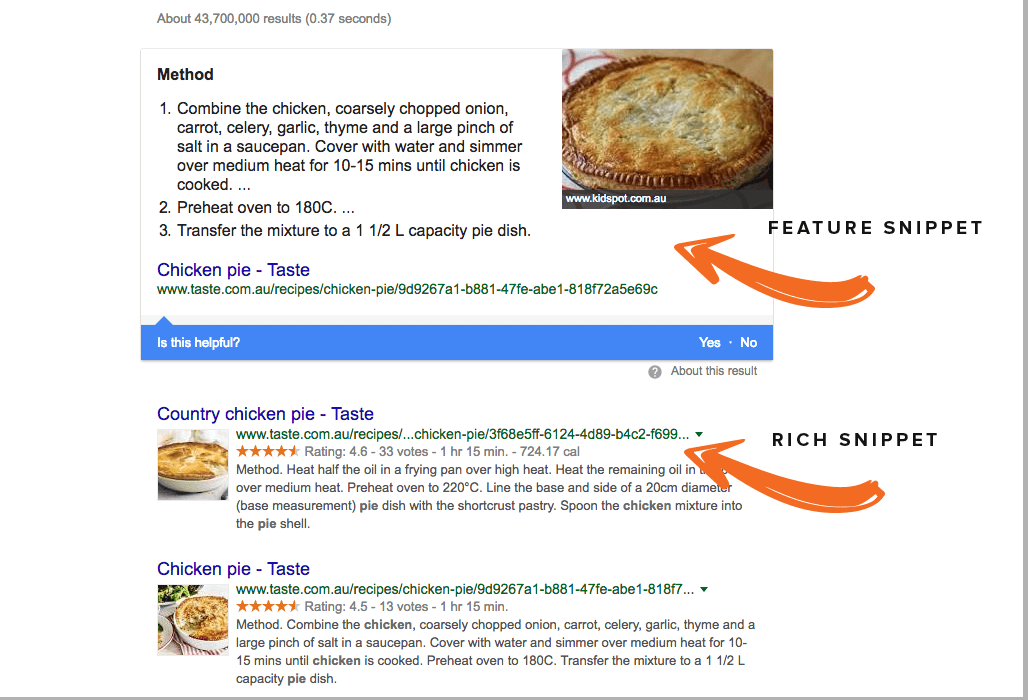
You can also add rich snippets to Facebook and Twitter.
Go through your keyword spreadsheet to look for pages you could optimise eg reviews of your products
- Add feature snippets and rich snippets
Boost Your Website Traffic
By following these steps you lay solid foundations for your own going SEO and digital marketing activities.
